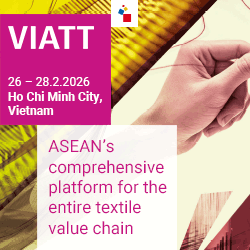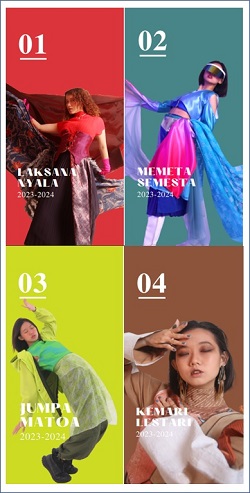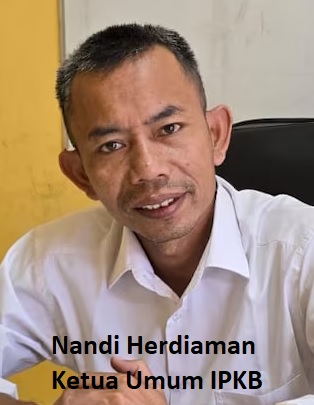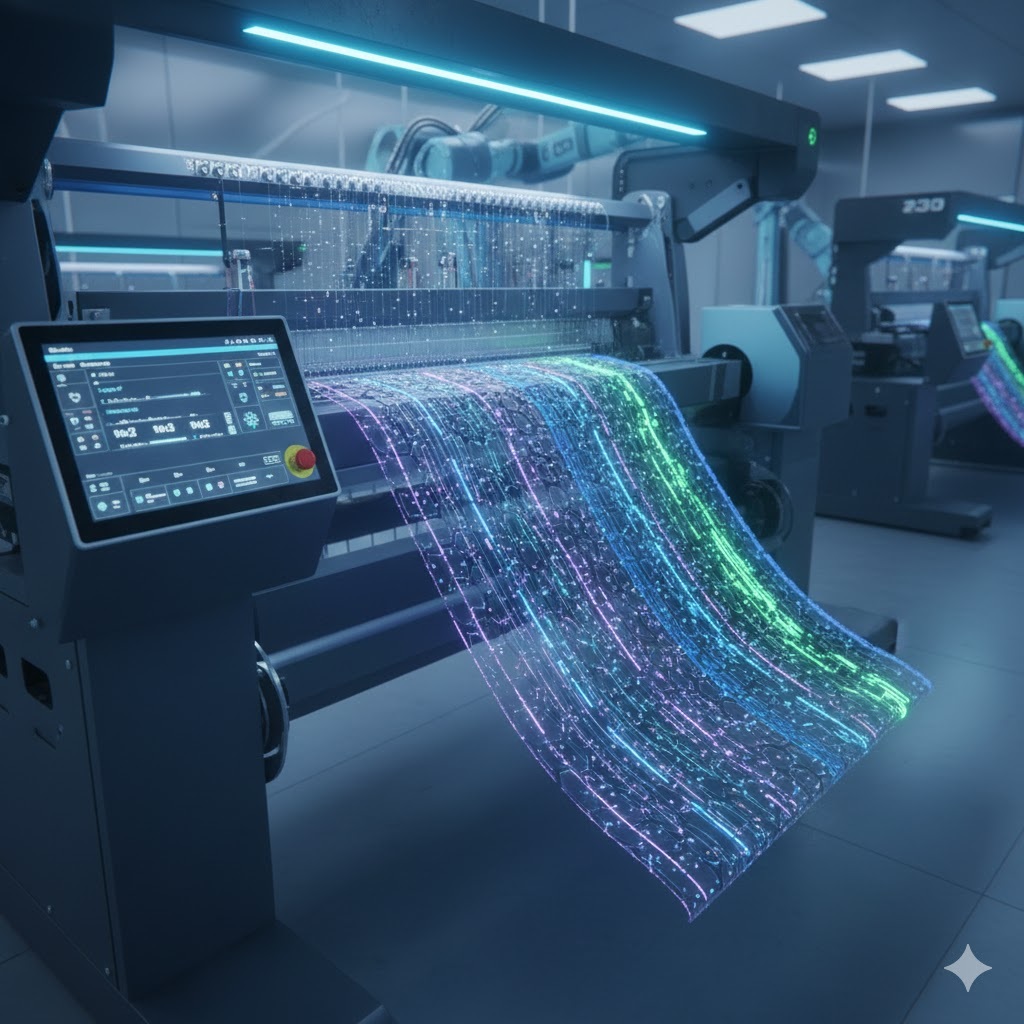PT Sri Rejeki Isman or Sritex had sunk due to a mountain of debt. As of September 2022, SRIL's total liabilities were recorded at US$1.6 billion or the equivalent of IDR 24.66 trillion (exchange rate = IDR 15,500/US$). This amount is dominated by debt that has interest such as bank loans and bonds. If he is really sunk due to debt, then Sritex will remain in name. Sritex is actually not a company yesterday afternoon and has been around for more than 50 years. The history of the Sritex company cannot be separated from the figure of its founder, namely Haji Muhammad Lukminto (H.M Lukminto). Lukminto alias Le Djie Shin is a Chinese breed who was born on June 1, 1946. He started his career as a trader by selling textiles in Solo since his 20s.
In the description of the book Local Champion, Solo as the center of textiles in Java since colonial times has made Lukminto's business flourish. Until finally in 1966 or at the age of 26 he dared to rent a stall at Klewer Market. The kiosk was named UD Sri Redjeki.
Unexpectedly successful business. Two years later, he opened his first printing factory to produce white and colored fabrics for the Solo market. The establishment of this factory was later transformed into PT Sri Rejeki Isman or Sritex which has survived until now in 1980.
There are not many stories of Lukminto's 'cold hand' in making Sritex the 'king' of the cloth industry in Indonesia. One interesting thing about him is his close relationship with the 2nd President of Indonesia, Suharto. It seems that the ruler's cold hand was in the development of Sritex.
Quoting the Prahara Baru Order (2013) published by Tempo, Sritex is an icon of power because it was allegedly under the protection of the Cendana Family, as the Suharto family was called. This fact cannot be separated from Lukminto's close relationship with Cendana's right-hand man, namely Harmoko, who during the New Order was known as the Minister of Information and General Chair of Golkar. Harmoko is Lukminto's childhood friend.
Because they are close to the government and market holders, Sritex and Lukminto have had a windfall. During the New Order era, Lukminto was a tender holder for government-sponsored uniform procurement projects several times.
"In the country, at that time Sritex (in the 1990s) received orders for Korpri, Golkar and ABRI batik uniforms," And because of this Sritex also received millions of rupiah and dollars, coupled with its control of the garment market at home and abroad.








